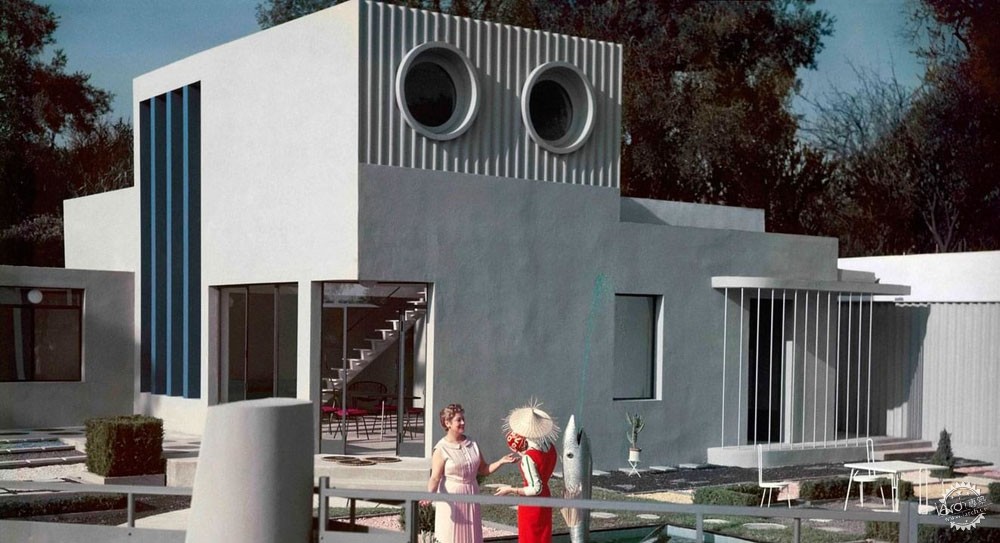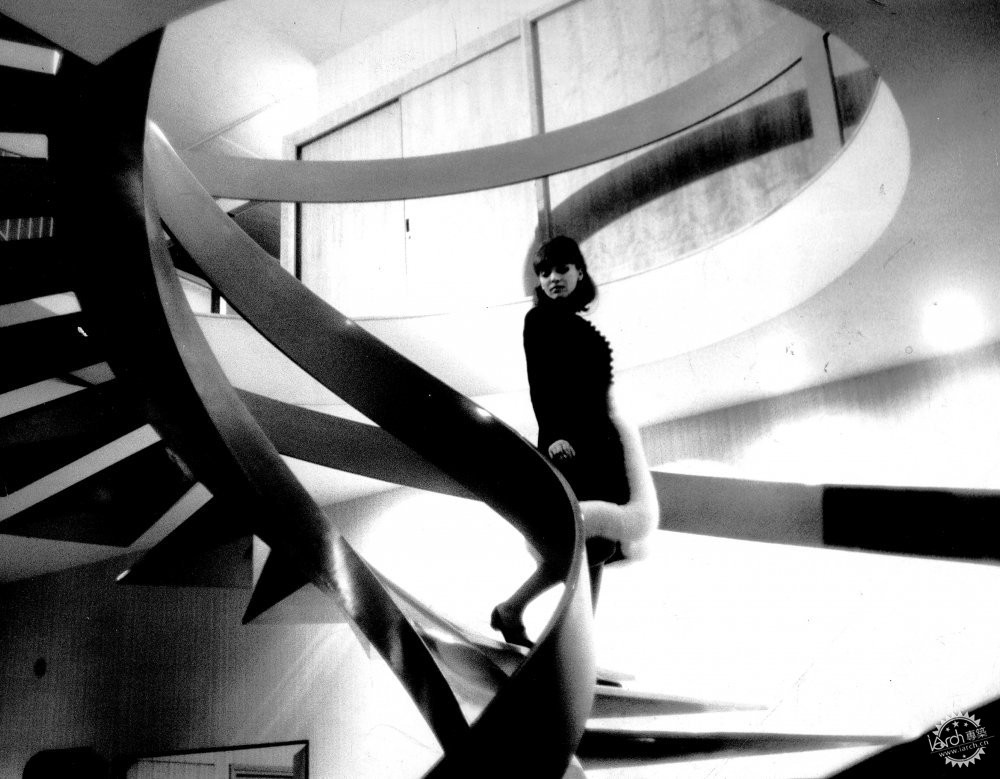
5 Films that Critique Modern Architecture
由专筑网小R,王雪纯编译
在所有的艺术表达形式中,能够真正地融合建筑的形式的,就是电影。其空间表现力、时间的变换,都让这种表达形式能够更加贴近建筑,这种方式超越了绘画、雕塑、音乐、舞蹈的界限。电影与建筑空间都有着同样重要的主题,但是人们会通过不同的方式来处理或表达,比如通过躯体、视觉,来将这种感受融合在一起。
这两个领域之间的许多联系都存在于电影所带来的空间批判,其实这就是对建筑的批判。一系列的电影作品,通过大屏幕来表达城市与建筑的处理方式,其中的许多策略,都是在对建筑表达质疑。
电影与现代建筑出现的时间相近,因此电影变成为了很好的批判工具。实际上,许多电影作品都表达了对于现代建筑与社会的批判。以下是一些案例:
Of all arts, there is one that is truly capable of embracing architecture, and that is the cinema. The ability to represent spaces, moving in the course of time, brings cinema closer to architecture in a way that goes beyond the limitations of painting, sculpture, music - for a long time considered to be the art closest to ours - and even of dance. Both in cinema and in architecture space is a key subject, and although they deal with it in different ways, they converge by providing a bodily - and not only visual - experience of the built environment.
One of the many links between these two fields lies in the critique of the space provided by the cinema. Namely, the critique of architecture. A variety of film productions, released since the Lumière, deal with representations of the city and architecture through the screen, and, many of them are dedicated to doing so in a critical manner, by casting a disbelieving or provocative look at the current architectural production.
Perhaps due to the fact that film has emerged contemporaneously to modern architecture, it has become an instrument of critique. Indeed, many cinematographic productions have become - although unintended - memorable examples of criticism of modern architecture and society. Here are a few:

现代生活场所的评论:《我的叔叔》(Jacques Tati, 1958)
主角Monsieur Hulot因为要去拜访姐姐,于是来到了一座非常现代的住宅中,他姐姐的家里有着各种满足现代生活的设施。合理的空间布局、自动化体系,以及一系列技术设备都位于其中。但是讽刺的是,Hulot居然需要去适应这样放松舒适的新空间,这一过程给他带来了很大的压力。
Critique of the Modern Habitat: My Uncle (Jacques Tati, 1958)
While visiting his sister's family, Monsieur Hulot is welcomed into an extremely cutting-edge home, equipped for the needs of modern life. Rational spaces, automation, and a variety of technological appliances and devices integrate this new context. The ironically disoriented figure of Hulot tries in vain to adapt to the new reality which promises ease and comfort, yet only brings him obstacles and resistance.

住房政策的批判:《Pruitt-Igoe的神话》(Chad Freidrichs, 2011)
这是一部关于Pruitt Igoe地区住房综合体的纪录片,其居住区由Minoru Yamasak设计,位于美国圣路易斯郊区。这部电影表达了原住民的一些看法,说明了这个巨型住房综合体的施工原因,以及1972年该项目彻底失败的背景原因,曾经有人认为,这代表了现代建筑的完结。
Critique of Housing Politics: The Pruitt-Igoe Myth (Chad Freidrichs, 2011)
A documentary about the Pruitt Igoe housing complex, designed by Minoru Yamasaki and built on the outskirts of the American city of St. Louis. Gathering testimonials from former residents of the complex, the film reveals the motivations that led to the construction of the huge housing complex, and the contradictions that led to its implosion in 1972, a historical occasion that some critics (emblematically) define as the end of modern architecture.

现代城市的批判:《Playtime》(Jacques Tati, 1967)
现代城市生活的简约与Monsieur Hulot的怀旧主义构成了鲜明的对比。电影通过表现主角对城市的不适应,表达了这个人物的基本特征,而现代城市愈发机械的现实状况也形成了有着强大冲击力的电影场景。
Critique of the Modern City: Playtime (Jacques Tati, 1967)
The austerity of life in the modern city is portrayed once again in contrast to the nostalgic figure of Monsieur Hulot. Through the comical discomfort of the main character, the film addresses the issue of one's identity when confronted with an increasingly mechanized reality provided by the modern city - which was depicted in the movie with a gigantic scenery that included buildings on wheels, literally.

消费批判:《我所料及她的两三事》(Jean-Luc Godard, 1967)
导演Godard将上世纪60年代巴黎郊区城市形象的变换,幻化成对人物生活的隐喻。电影中,女性的日常生活于城市息息相关,其中包含消费主义、资本主义、全球化,无论关乎城市还是女性,这些都成为了故事的主题。
Critique of Consumption: 2 or 3 Things I Know About Her (Jean-Luc Godard, 1967)
Godard uses images of the urban transformations that took place on the outskirts of Paris in the 1960s as metaphors for the characters' lives. The everyday lives of the women portrayed in the film are narrated in relation to the daily life in the city - consumerism, capitalism, and globalization appear as main subjects in the story, whether regarding the city or the women.

控制的批判:《Alphaville 》(Jean-Luc Godard, 1965)
Alphaville是一座黑暗且不人道的未来都市。在这座城市里,所有的社会行为都受控于一台名为“Alpha 60”的中央系统 ,这台电脑能够决定并且控制所有居住者的命运。这个反乌托邦的社会受控于技术,但是似乎十分贴近人们的现实生活,当人们在数年之后回忆起Alphaville的发展时,也会一起了城市化进程中带来的种种。
Critique of Control: Alphaville (Jean-Luc Godard, 1965)
Alphaville is a hostile, dark and inhumane city located in an imprecise future. In this city, all social actions are controlled by a central system, a computer called Alpha 60 that determines and commands the fate of all its inhabitants. This dystopian society, dominated by technology, seems to bear a lot more resemblance to our reality than we wished - and the consonances increase when we recall the Alphaville developments that emerged years later, promoting a model that is at least questionable in terms of urbanity.
|
|
